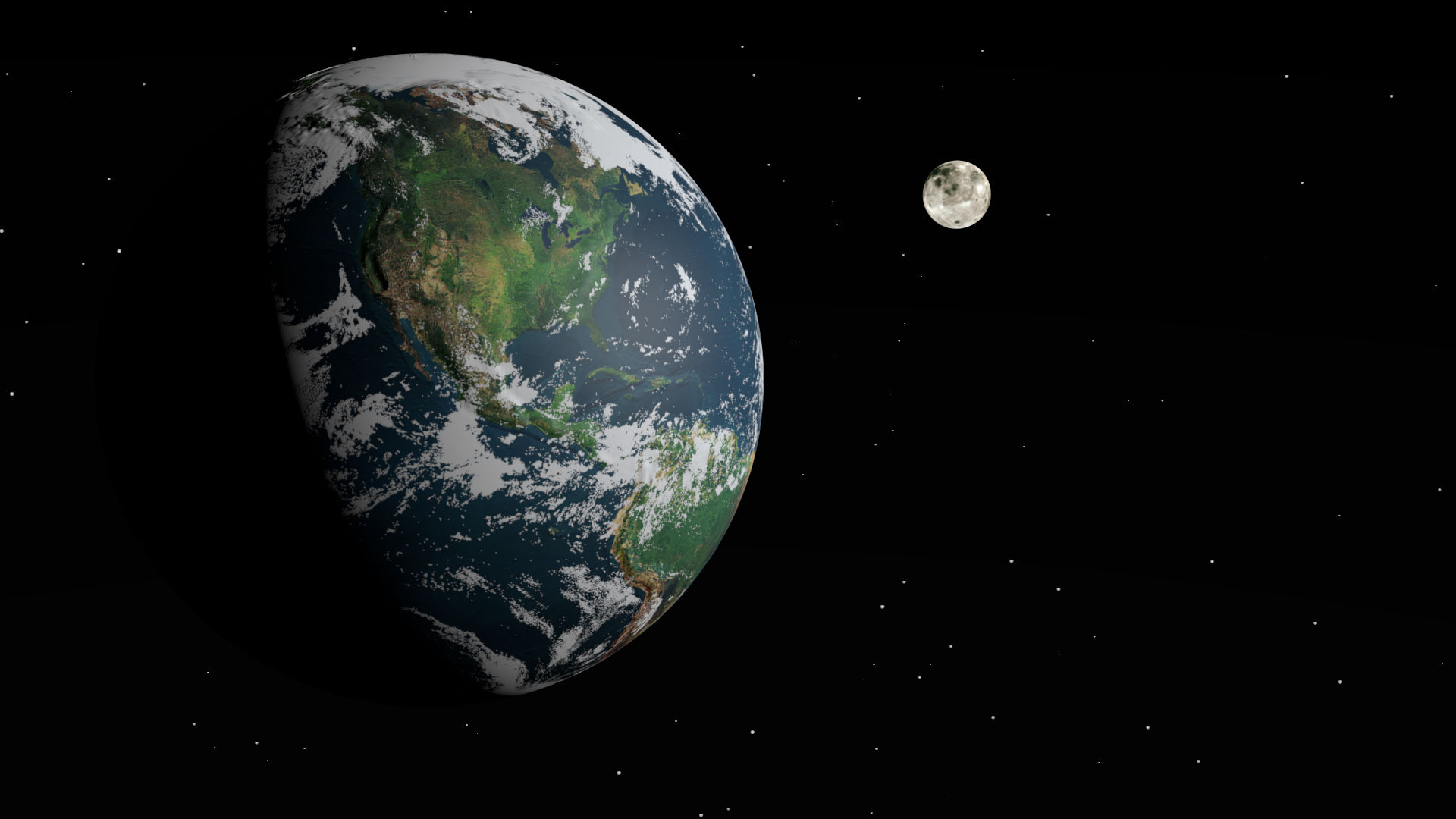
Earth And Moon Configured From Same Material, Have Isotopic Resemblances: Study
Scientists are inching towards the complete exploration of Earth and Solar system’s formation mystery and in such a breakthrough, researchers have found the formation of both Earth and Moon to be made out of same material. A recently published study, conducted by a team of researchers from the University of Chicago in the US revealed, “The formation of Earth, Moon as well as some particular meteorites were configured out of the materials, having a number of isotopic similarities.”
The materials, out of which earth, the moon and some other parts of the solar system were configured hold nearly interchangeable isotopic distinctiveness, claimed the study.
Almost every scientific studies and exploration projects, conducted earlier suggested that the formation of earth slowly took place by the toting up of a hoard of Moon-to-Mars-sized celestial objects, which have had distinctive isotopic characteristics. But the new research, published in the science journal ‘Nature’ stated that the Earth, as well as the moon and some other space rocks, were shaped from the materials that were used to be extremely comparable, having clusters of identical isotopic characteristics.
During the research, the lead researcher and his team thoroughly analyzed the characteristics of some particular elements, following which, Nicolas Dauphas – the lead of the research was able to make out the parallel isotopic character of the objects that produced the Earth. The materials hold Anomalies which provided “fingerprints” and this helped the scientists to reconstruct the configuration process. After the successful reconstruction of the model, the scientists were able to establish the “genetic ties” between the terrestrial bodies and their construction blocks. Dauphas, during the study, employed the isotopic similarities that were found in selected elements for recording the phases of Earth’s creation.
As said by Nicolas Dauphas, the lead author of the study and Louis Block Professor in Geophysical Sciences, “The accretion of the Earth took place from an isotopically homogeneous pool. For example, the color of the earth, which can’t be claimed as ‘green, blue, or red,’ but rather it is only ‘green, green, and green’.
As highlighted in the research paper, “A rare kind of celestial object called ‘enstatite meteorites’ configured the half of the first 60% of the planet, and after that, 100% of the rest was created by enstatite-type impactors.


